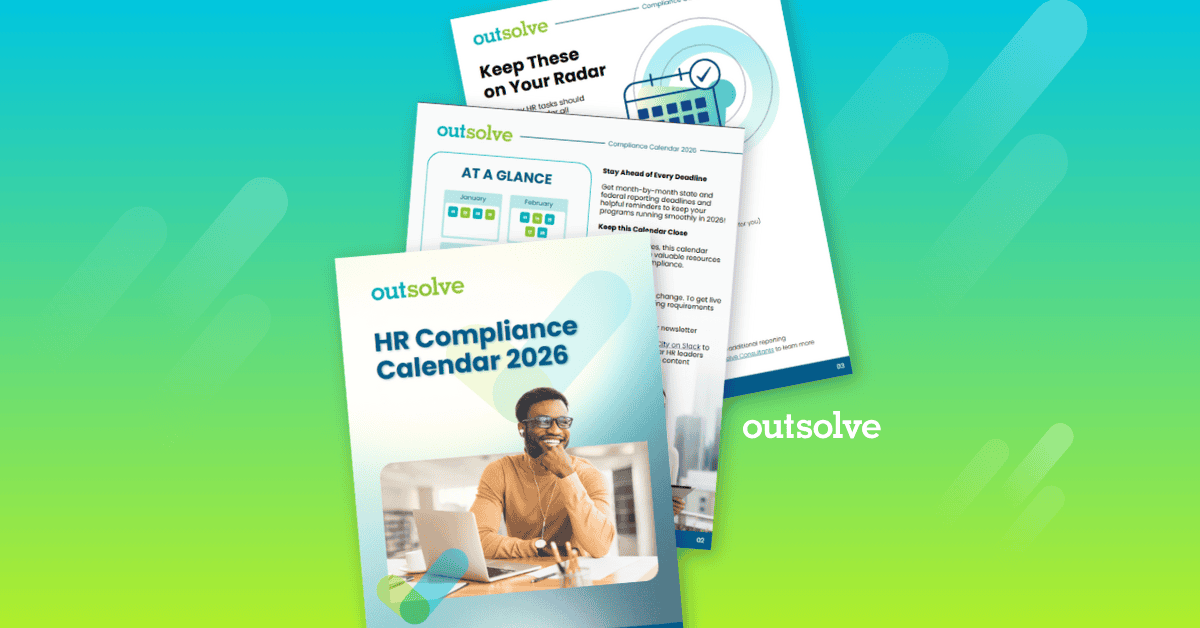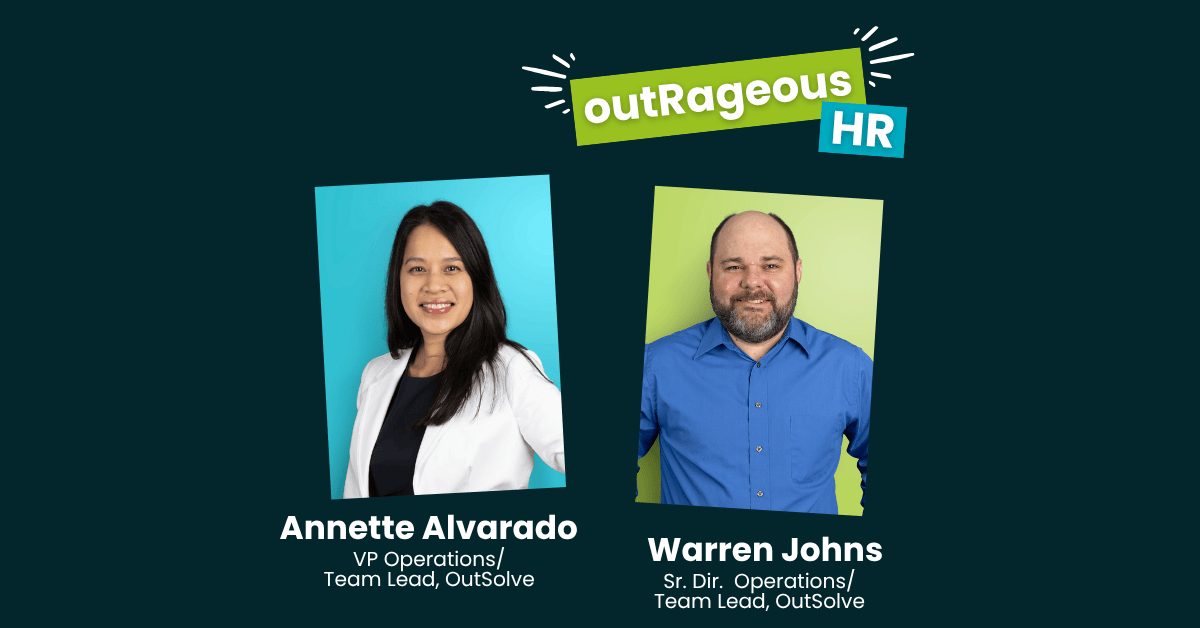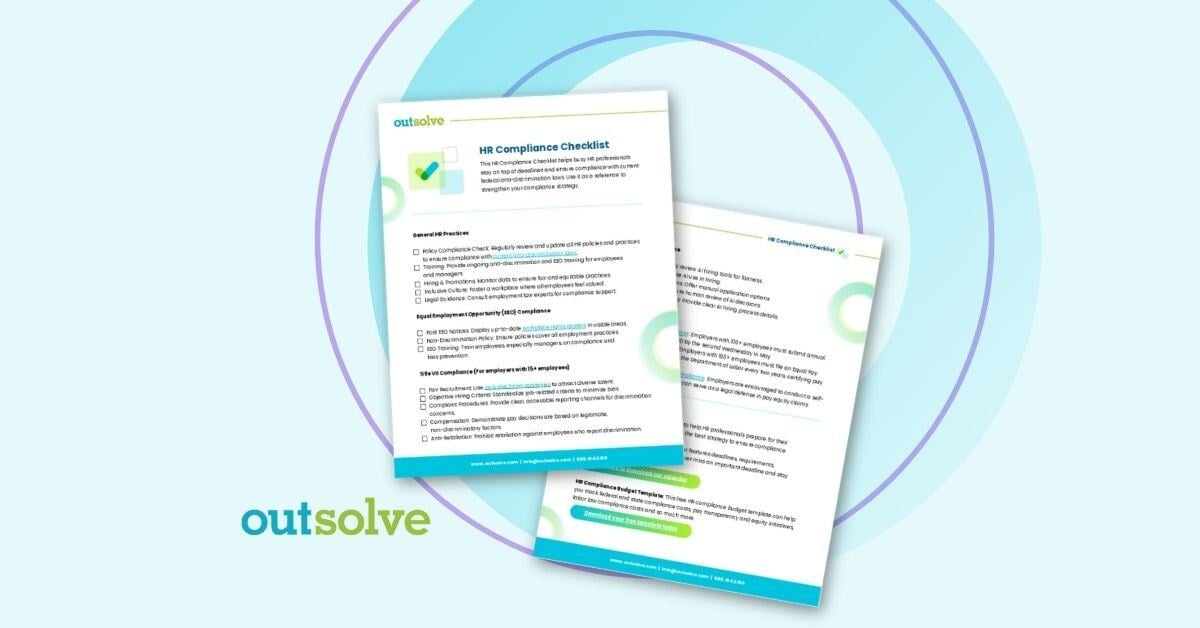4 min read
Pay Equity Check-Up: Why Q4 is the Time to Close Gaps
 Neil Dickinson
:
Oct 22, 2025 12:16:51 PM
Neil Dickinson
:
Oct 22, 2025 12:16:51 PM

As the fourth quarter rolls around and HR professionals begin prepping for performance reviews, compensation planning, and end of year reporting, be sure to save a spot on your planning and strategic checklist for a pay equity check-up.
The end of the year is more than just budget planning and closing the books. It’s also the perfect window to make sure that your compensation philosophy and practices are fair, competitive, and compliant. With increasing regulations and employee expectations around transparency, addressing pay equity is no longer optional. It’s a must.
Here are three key takeaways you’ll learn in this article:
- Why Q4 is the ideal time to conduct a pay equity analysis
- What common gaps to look for when conducting a pay equity analysis
- How to ensure your organization enters 2026 on solid, equitable ground
Why Q4 is the Ideal Time for a Pay Equity Check-Up
Q4 presents a unique opportunity to pause, reflect, and prepare. Here’s why it’s the sweet spot for conducting a pay equity audit:
- Alignment with Annual Budgeting and Review Cycles: Most companies finalize compensation budgets, merit increases, and bonuses during Q4. This is your chance to identify and fix pay discrepancies before those new numbers are planned. Incorporating equity adjustments into your planning prevents existing disparities from carrying into the new year.
- Time to Implement Adjustments: Unlike the hectic Q1 rush, Q4 gives you some much needed lead time. Identifying pay gaps now allows for thoughtful and corrective actions, whether it’s adjusting individual salaries, revising pay bands, or updating job classifications, without scrambling and stressing at the last minute.
- Get Ahead of Reporting and Pay Transparency Requirements: States like California, Illinois, and New York are expanding pay transparency laws and requiring pay data reporting. By proactively running a pay equity check now, you’ll be ready to respond with confidence and accuracy when filing season arrives.
Common Pay Equity Gaps to Watch Out For
Pay equity is about more than just comparing the salaries of men and women in the same job title. Today’s expectations and regulations call for a much broader scope. Here are some of the most frequent gaps when running pay equity audits:
- Gender-Based Disparities: This is the most well-known form of pay inequality and still the most common. Make sure to analyze compensation for men and women in comparable roles, with similar experience and performance levels.
- Gaps Across Multiple Characteristics: Pay equity isn’t just a gender issue. It’s essential to look at race, ethnicity, age, disability status, veteran status, and more. A comprehensive analysis that includes all race and gender ensures no one is left behind.
- Departmental or Geographic Inconsistencies: Pay equity gaps often show up between departments, office locations, or even remote versus office employees. For example, are your remote team members being paid less than their office counterparts for the same roles? It’s a growing concern in hybrid work environments.
Steps to Conduct a Pay Equity Check-Up
Ready to get started? A pay equity analysis may sound complex, but with the right approach and tools, it’s entirely manageable. Here's a step-by-step breakdown:
- Collect Compensation Data: Start by pulling current compensation data, such as base salary, bonuses, stock options, and other pay elements. Include employee demographics (where legally permissible), job titles, performance ratings, and tenure.
- Benchmark Internally and Externally: Compare compensation within job families, levels, and locations. Then benchmark against market rates to see how your pay stacks up externally. This helps distinguish between market-driven variances and genuine equity concerns.
- Analyze for Gaps: Use analytic tools or statistical modeling to identify unexplained disparities, which are those not justified by performance, tenure, or other neutral factors. Flag any anomalies, especially patterns that suggest systemic issues.
- Develop a Corrective Action Plan: Once you’ve identified gaps, the next step is acting on them. Work with leadership to allocate budget for salary adjustments, redesign comp structures, or update job architecture. Document your rationale and include consistent communication with impacted employees.
Benefits of Conducting a Pay Equity Check Up
So why invest time and resources in this now, especially when HR teams are juggling so much?
- Reduce Legal and Regulatory Risk: With laws enacted across the country (and even globally), noncompliance isn’t just risky, but also costly. A proactive pay equity audit helps you stay ahead of state and federal requirements and prepares you for any scrutiny from regulators or auditors.
- Build Trust and Improve Retention: Employees talk. Platforms like Glassdoor and other sites have made compensation transparency a workplace norm. When people know their employer is committed to fair, equitable pay, they’re more likely to stay, and promote your brand.
- Align Compensation with Strategy: Fair pay isn’t just a compliance issue. It’s a business strategy. When compensation syncs with performance, market rates, and values, it supports recruitment, retention, and engagement.
Tools and Solutions to Simplify Pay Equity Checks
You don’t have to tackle this alone. Thankfully, there are tools and partners that can make the process smoother and more efficient, such as:
Payroll Software with Analytics
Modern payroll and HRIS platforms often come with built-in analytics capabilities that allow you to visualize and flag pay discrepancies across teams or demographics.
Partner with Experts
Working with HR compliance consultants or pay equity specialists, like OutSolve, ensures your analysis is thorough, compliant, and benchmarked against the market.
Automate for Ongoing Monitoring
Equity isn’t a one-time project. Consider investing in tools that offer automated audits, alerts, and reports so you can monitor progress year-round, not just during Q4.
What Pay Equity Check-ups Mean for Your Organization
As you wrap up the year, take a moment to ask yourself—is your organization ready to enter the new year on equitable ground?
A Q4 pay equity check-up isn’t just an administrative “to-do.” It’s a chance to reset, correct, and lead with integrity. With increasing scrutiny from both regulators and employees, the cost of inaction is too high. But the benefits of proactive, thoughtful action? They’re priceless.
So, whether you’re just starting to explore pay equity analysis or ready for a full-blown audit, Q4 is the time to dive in.
Want help getting started? OutSolve's pay equity experts are here to guide you through the process, with tools and insights tailored to your business.
Schedule a call today and let’s talk about how to enter 2026 knowing your compensation strategy is not only compliant but fair, forward-thinking, and built to retain top talent!
Leading Compensation Services at OutSolve, Neil helps organizations align pay, performance, and compliance through data-driven benchmarking, pay equity analytics, and global pay transparency initiatives. His team partners with employers across industries to design and operationalize compensation programs that are fair, competitive, and compliant—supporting business growth, workforce trust, and readiness for evolving regulations, including the EU Pay Transparency Directive. Neil brings over 20 years of experience working with HR, Talent Acquisition, and Compensation teams across the country to build best-in-class compliance programs. He has supported clients in EEOC equal pay charges and has also designed Pay Equity Analytics to provide federal contractors better visibility to pay gaps within their organizations. Neil regularly delivers training on compensation topics for SHRM, ILG, and other industry HR group events. Neil received his undergraduate degree from the University of South Carolina and The University of Hull in England and his MBA from The Citadel. He is also SHRM certified.
Weekly OutLook
Featured Posts

New Year, New Deadlines: 2026 HR Compliance Calendar

outRageous HR: Plan Now or Pay Later
Related Posts

In-House or Outsourced I-9 Management: Which Is Best for Your Organization?
Every U.S. employer, regardless of size or industry, is required by law to confirm each new hire’s identity and verify that they are authorized to...

outRageous HR: Building a Compensation Strategy That Actually Works
If your compensation strategy is mostly “gut feeling” plus whatever you did last year… it’s time to rethink your approach.

HR Compliance Checklist: What Every HR Pro Needs to Know
During times of sweeping change to federal laws, and with new state laws being enacted, it's more important than ever for HR professionals to ensure...

